Indication
This is a popular variant of Liu Wei Di Huang Wan (Rehmannia Six Formula), which was first recorded in the ‘Precious Mirror for Advancement of Medicine’ (yi ji bao jian) by Dong Xi-xuan, 1777. In contrast to Rehmannia Six Formula, it focuses more on the Liver: Liver Blood and Liver Yin deficiency, with the tendency for the Liver Yang to become hyperactive.
The Liver has a very close association with the eyes, which receive the major part of their nourishment from this organ (i.e. the Liver sends Qi and Blood to the eyes in order to maintain its normal functions). Thus it is said that the eye is the signalling sense organ (miao qiao) of the Liver, reflecting its pathological changes. Thus, chronic eye disorders may arise in patients with Liver Blood and Liver Yin deficiency.
In addition to treating chronic eye conditions, this formula has a broad range of applications in disorders due to Liver and Kidney Yin deficiency, possibly also with Liver Yang hyperactivity. These include chronic headaches, dizziness and hypertension.
The synergistic actions of the herbs are as follows:
Rehmannia root (shu di huang), Dioscorea root (huai shan yao), Cornus fruit (shan zhu yu), Lycium fruit (gou qi zi): enrich the Kidney Essence and nourish the Kidney Yin.
Rehmannia root (shu di huang), Lycium fruit (gou qi zi): nourish the Liver Blood.
Poria cocos (fu ling), Alisma plantago rhizome (ze xie): drain Damp and induce diuresis.
Paeonia stem bark (mu dan pi), Alisma rhizome (ze xie): reduce deficiency Fire.
Dioscorea root (huai shan yao), Poria cocos (fu ling): tonify the Spleen Qi.
Cornus fruit (shan zhu yu), Dioscorea root (huai shan yao): astringe the Kidney Essence (to allow it to build up without loss).
Lycium fruit (gou qi zi), Chrysanthemum flower (ju hua): nourish the eyes to improve vision.
ChinaMed approximate equivalent formula Clear Vision (CM181).
Indications:
Chronic disorders of the eyes and vision (e.g. central retinochoroiditis, retrobulbar neuritis, optic nerve atrophy, vitreous opacity, glaucoma, retinal disorders, cataracts)
Migraine headaches
Hypertension
Meniere’s disease
Signs & Symptoms:
Dry and sore eyes, loss of visual acuity, excessive lacrimation
Photophobia
Dry mouth and throat
Thirst
Low back pain
Dizziness
Irritability
Tinnitus or hearing loss
Sensation of heat in palms and soles
Recurrent headaches
Sleep disturbance
Night sweats
Red cheeks
Red and dry tongue with little coat
Thready pulse that may also be rapid
Combinations –
Cataracts, degenerative eye diseases (e.g. macular degeneration):
ZUO GUI WAN
QI BAO MEI RAN DAN (Jia Wei)
MING MU DI HUANG WAN
Hypertension, glaucoma, migraine headaches:
PRESSURE DOWN Formula
TCM Syndromes: Kidney and Liver Yin deficiency, Liver Blood deficiency.
TCM Actions: Nourishes the Liver and Kidney Yin, nourishes the Liver Blood and sends Essence and Blood to the eyes.
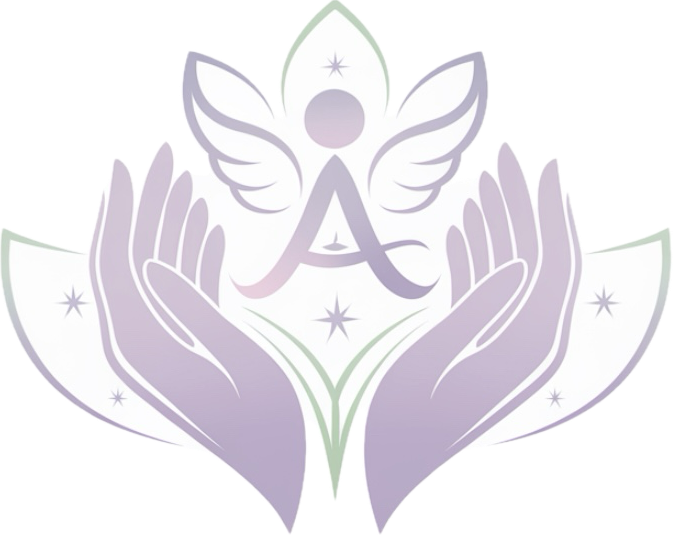
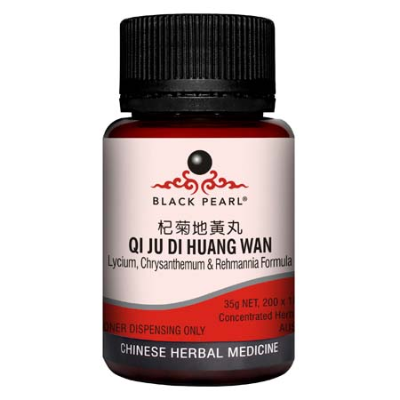
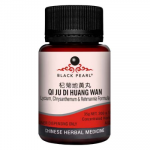
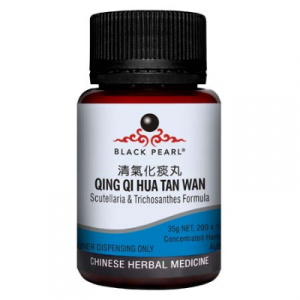

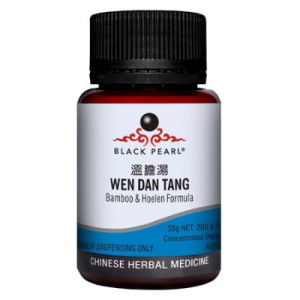
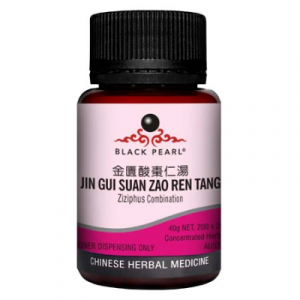
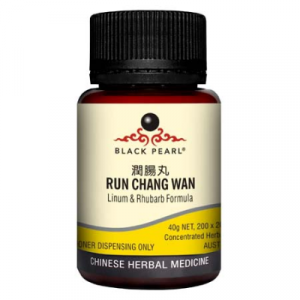

Reviews
There are no reviews yet.